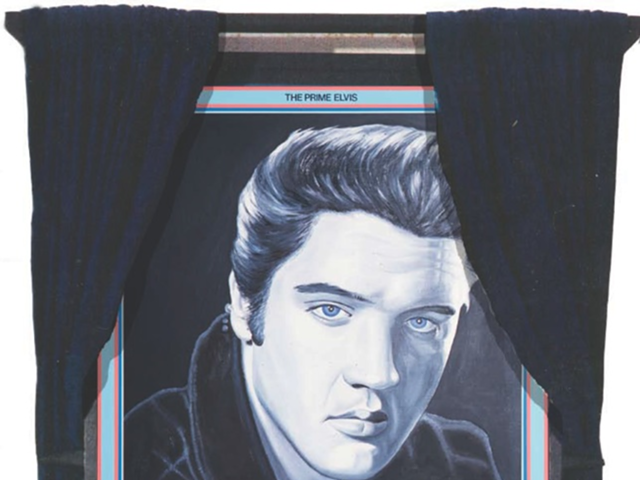For fans of the current wave of independent filmmaking, there’s a certain romantic curiosity surrounding the power-trio of Brit Marling, Zal Batmanglij and Mike Cahill. Marling holds the center, anchoring and serving as the face of the trio’s projects together. She co-wrote Another Earth with Cahill, as well as two features with Batmanglij — Sound of My Voice and The East — in addition to starring in all three films. The writer-directors occupy a more anonymous space, like studio wizards behind the curtain where they are free to dream and reshape our expectations. The trio, based on the projects, would seem to have formed a fascinating hive mentality obsessed with a natural and almost childlike questioning of the order of the world that most of us relinquish or fail to notice after years of academic indoctrination.
Having caught up with Batmanglij by phone during the promotion of The East, I teasingly poked and prodded at this available side of the creative triangle, but the conceptual element of their collaboration lacked a degree of shape and consistency that is now more apparent with the release of Cahill’s I Origins. The film presents a second collaboration with Marling (in what amounts to more of a supporting role than the typical lead of the other projects), although this time Cahill assumed sole responsibility for the screenplay. None of the changes diminish the overall sense and sensibility of I Origins being anything other than the latest musing from the trio.
The narrative centers on a trio of its own. Ian (Michael Pitt), a molecular biologist, seeks to unlock the genetic code in order to explore and expand upon the power of the senses. He is a man of science and practical logic through and through, but he meets the lovely and beguiling Sofi (Astrid Bergès-Frisbey) at a party one night and is soon engaged in debates infused with poetics and spirituality. Sofi tilts his world, pushing Ian off-center. He falls wildly in love, but thanks to Karen (Marling), the graduate intern who joins him in the lab, he maintains some degree of focus.
Part of Ian’s attraction to Sofi comes from his pursuit of her, involving coincidence and the unique allure of her eyes. The film hinges on the use of irises as a signature, similar to a fingerprint or a snowflake. Ian finds Sofi after their brief encounter at the party because, as a model, her eyes loom over the city on billboards. Later on, Ian embarks on a larger global journey to track down someone who, impossibly, has irises that are an exact copy of Sofi’s. Along the way, Ian starts to question science and whether or not there might be something more beyond logic and order to believe in.
For I Origins, Cahill explains, “I was inspired by the famous photo of the Afghan girl taken by Steven McCurry for National Geographic that was on the cover of the June 1985 issue. I used to read the magazine as a kid, and strangely ended up working there, which was a dream. While I was there he, the photographer, tried to find this little girl, all grown-up.”
Thanks to that iconic image and the burgeoning field of iris biometrics, they were able to identify her, and Cahill’s curiosity was piqued.
“I learned about this massive database of eyeballs that is so powerful; there are no false positives, meaning there are no duplicates,” he says. “Everybody is unique and everyone’s eyes are unique. So I thought, ‘What if there was a duplicate, and what if that duplicate was between someone who died and someone else who was born after that person’s death?’ It would be a great challenge through scientific data to the paradigm of evolutionary biology.”
Through the film, Cahill challenges not only science (evolutionary biology), but also philosophy and spirituality without toppling any of these disciplines. There is a unified place where they comfortably coexist and complement one another, because each is devoted to a narrative that reduces the fear and anxiety surrounding death.
“I thought it would be compelling to address that same narrative, that same fear of death, but through science,” Cahill says. “And not in a way where you are uploading your consciousness into a hard drive, because that’s kind of scary in and of itself. Instead, let’s look at the question of identity and self, which I grappled with in my earlier film (Another Earth), and is there a way for that big unknown to be less scary.”
Cahill tackles the science here, but his indie filmmaking trio continues to inject spiritual queries and even political realities into their ongoing discussions, forcing audiences to break free of modern cynicism and accept the possibility of honest sincerity in our all-too-human interactions.






